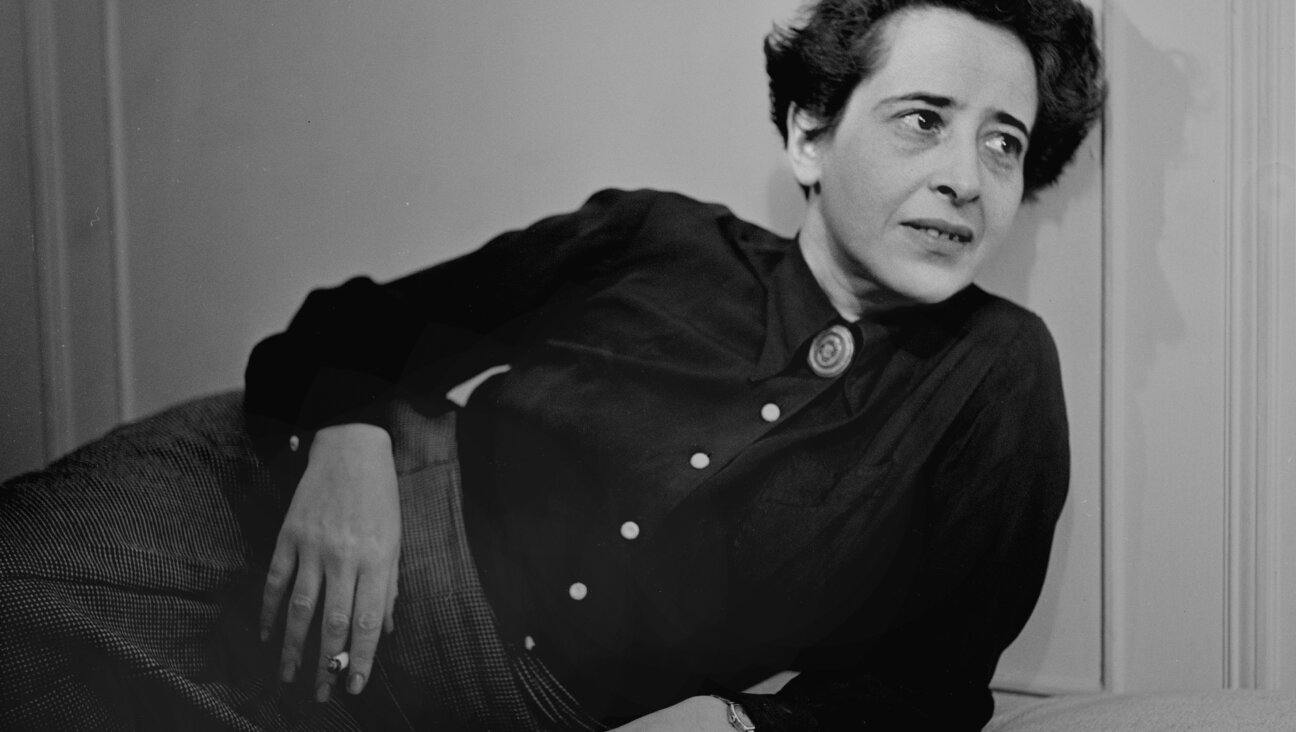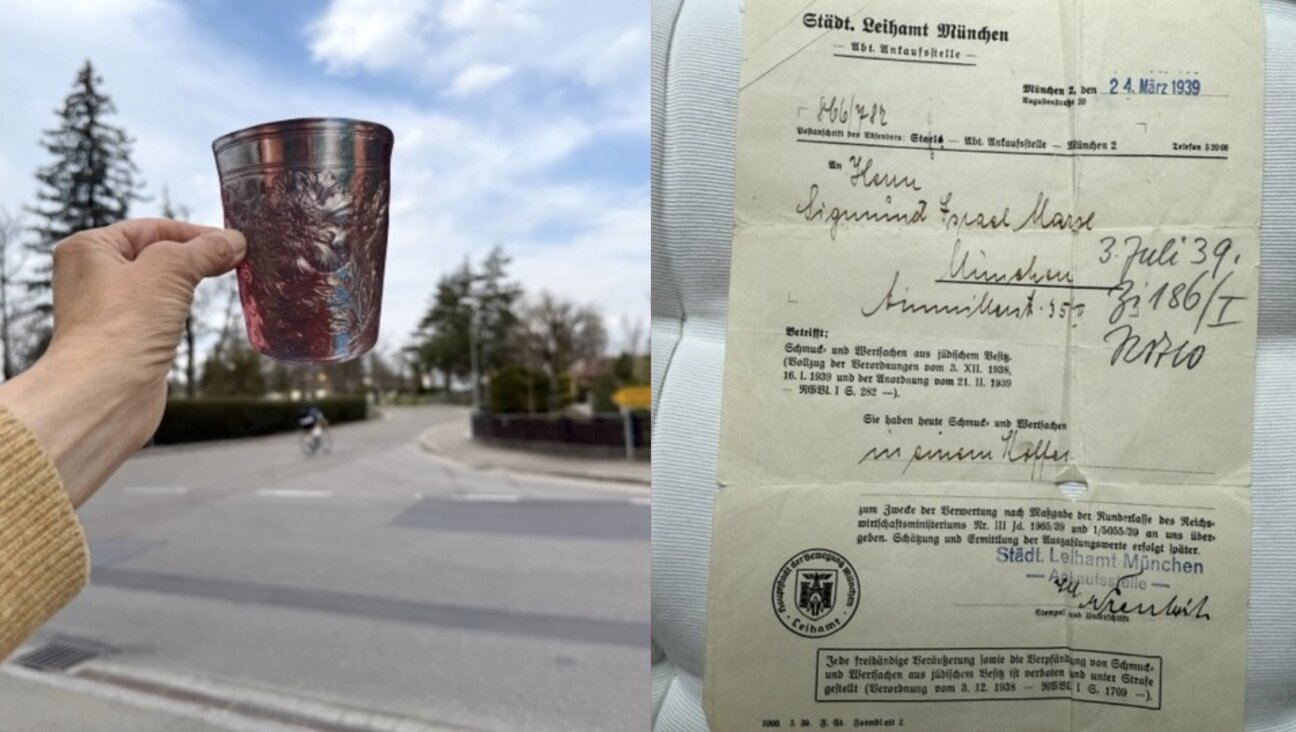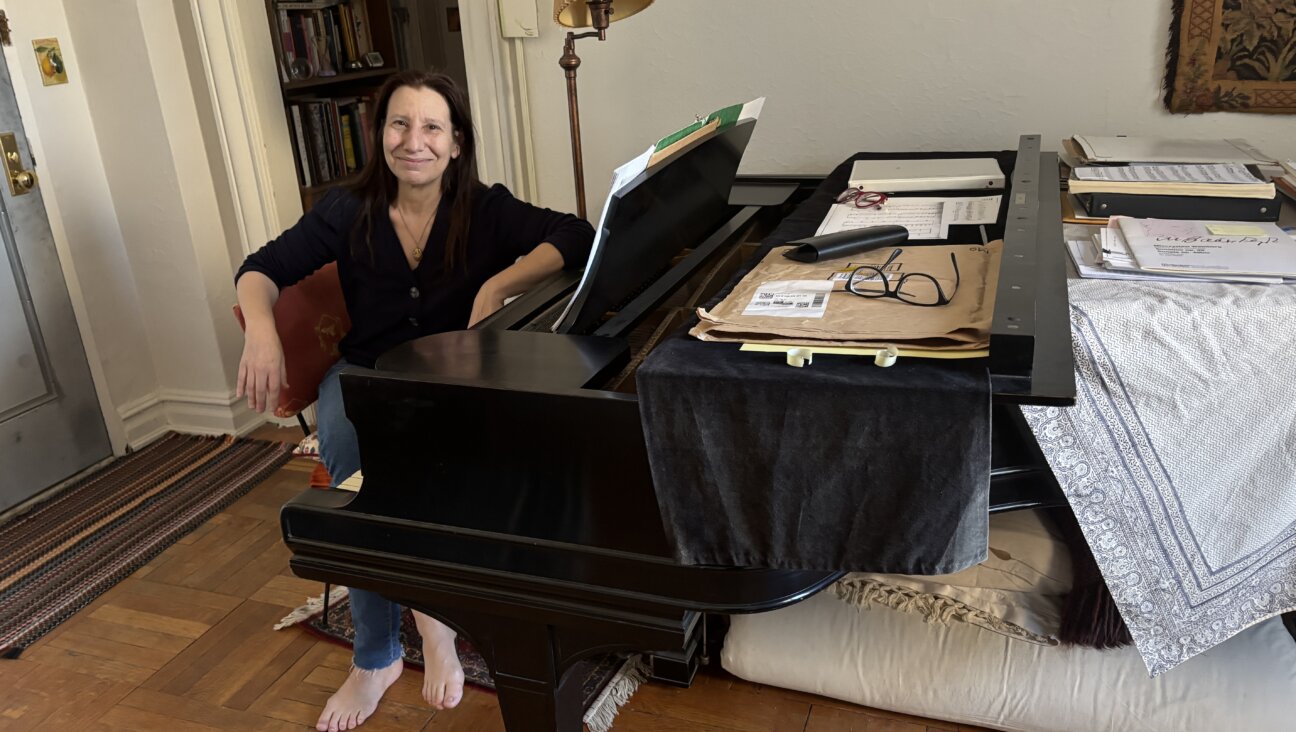The End of Days?
Open Secret: Postmessianic Messianism and the Mystical Revision of Menahem Mendel Schneerson
By Elliot R. Wolfson
Columbia University Press, 472 pages, $35.00.
The Lubavitch branch of Hasidism, known also as Chabad, is the most successful and most controversial movement in American Jewish life. Rabbi Menahem Mendel Schneerson, born in 1902, ascended to the leadership after his father-in-law’s death in 1950. From his headquarters in the Crown Heights section of Brooklyn, Schneerson developed a ramified network of shluchim (emissaries) across the United States and around the world that has continued to grow even after he died, childless and without a designated successor. Other Jewish groups marvel at and strive to emulate Chabad’s success in reaching the “unsynagogued,” even as they deplore Chabad’s opposition to Jewish religious pluralism, refusal to countenance any Israeli territorial concessions and maintenance of a cult of personality that is literally of messianic proportions.
Schneerson’s message that the messiah was nigh became the leitmotif of the movement in 1991, when the rebbe suddenly and urgently began advocating a series of programs to induce the redeemer to reveal himself. His followers identified him, at least potentially, as the long-expected messiah, and were sure he saw himself in that light. But the rebbe’s exact intentions were still unclear when he suffered a debilitating stroke the next year, and passed away in 1994. Many Lubavitchers — how many is a matter of dispute — continue today to view him as the messiah who either is not actually dead or will return from the dead. The notion of a resurrected messiah, uncomfortably reminiscent of Christianity, has led some Jewish critics to pronounce Chabad messianists to be heretics.
Such biographical, political and sociological aspects of Chabad are of little direct concern to Elliot Wolfson, the Abraham Lieberman Professor of Hebrew and Judaic Studies at New York University and arguably the leading American scholar of the Jewish mystical tradition. In his new book, “Open Secret,” Wolfson is interested in the rebbe’s messianic doctrine as formulated in his hundreds of discourses available in written form, which Wolfson examines within the context of earlier kabbalistic and Chabad teachings, parallels from other mystical traditions — especially Buddhism — and postmodern thought. But even these most recondite of theories have real-world implications.
Wolfson shows that intense messianic anticipation, far from being a quirk of Schneerson’s in his old age, has been central to Chabad from its late-18th-century origins. Its founding premise was that spreading Chabad teachings would hasten the End Time, a doctrine that assumed accelerating urgency when traditional Judaism came under attack from secularism during the next century, and even more so when the Nazi assault on the Jewish people forced the sixth rebbe, Schneerson’s father-in-law, to flee Europe and resettle in the United States. In succeeding his father-in-law, Schneerson became the seventh, a number whose sabbatical identification suggested he was also the last (some even say that this theory motivated him to remain childless by choice).
Schneerson sought new audiences for Chabad’s message — women and non-Jews. While this was in line with the original plan of continually spreading the doctrine, it also indicated awareness that modernity (he had attended European universities before the war) and the American environment necessitated some rapprochement with feminism and universalism. He developed earlier teachings about the mystical role of God’s feminine side and the ultimate breakdown of barriers between Jew and non-Jew in the messianic era, and championed teaching Chabad texts to women and urging gentiles to practice the universal laws of ethical conduct traditionally associated with the biblical Noah.
The discussion of Chabad messianic thought in “Open Secret” is tough reading for people used to linear thinking and clear writing. The problem is not just Wolfson, but also the subject matter. Simply put, language is inadequate to convey how an infinite power — called ein sof (literally, without boundary) in Kabbalah — can generate our finite and bounded reality and, in reverse, how the messianic experience can enable us to break through to the infinite. Our logical faculties paralyzed by the human inability to comprehend the divine, we must make do with the metaphors, paradoxes and contradictions that abound in this book. Wolfson writes that “language is stretched to the limit of the inarticulate.”
The author himself is the biggest contradiction. An exemplary objective scholar, Wolfson is at the same time heavily invested, in a deeply personal way, in the mystical teachings he analyzes. The book begins with the announcement that he was born on Friday night, November 23. Years later, he would learn that at the moment of his birth in 1956, Rabbi Schneerson was delivering a learned discourse on kabbalistic themes to mark the 19th day of the Hebrew month of Kislev. This was the Lubavitch “Day of Redemption,” the date in 1798 when Shneur Zalman of Liadi, the first rebbe of the sect, was freed from prison. The Lubavitcher who apprised Wolfson of the significance of this coincidence told him, “Pay attention, this day bears your destiny.”
Whether personal or scholarly, Wolfson’s spiritual quest is contagious, and the intrepid reader will brave the many difficult passages in order to follow him in search of the rebbe’s deepest feelings about the messiah, the surprising “encrypted message” that is the “open secret” of the title. I will not divulge it, but if Wolfson is right, the rebbe’s messianic vision will comfort neither his followers, who completely misunderstood their leader, nor his detractors, who fail to appreciate his genius. Even as he calls “postmortem apparitions of the seventh Rebbe” indications of “a profound spiritual blindness,” Wolfson apparently agrees with Schneerson that the messiah has come “and all that is necessary is for people to open their eyes in order to greet him” — but he also acknowledges that to grasp the meaning of this “involves cultivating a modification in consciousness.”
People like me, who find such modification difficult, have no choice but to wait.
Lawrence Grossman is editor of the American Jewish Year Book.
The Forward is free to read, but it isn’t free to produce

I hope you appreciated this article. Before you go, I’d like to ask you to please support the Forward.
Now more than ever, American Jews need independent news they can trust, with reporting driven by truth, not ideology. We serve you, not any ideological agenda.
At a time when other newsrooms are closing or cutting back, the Forward has removed its paywall and invested additional resources to report on the ground from Israel and around the U.S. on the impact of the war, rising antisemitism and polarized discourse.
This is a great time to support independent Jewish journalism you rely on. Make a gift today!
— Rachel Fishman Feddersen, Publisher and CEO
Support our mission to tell the Jewish story fully and fairly.
Most Popular
- 1

Opinion The dangerous Nazi legend behind Trump’s ruthless grab for power
- 2

Culture Trump wants to honor Hannah Arendt in a ‘Garden of American Heroes.’ Is this a joke?
- 3

Opinion A Holocaust perpetrator was just celebrated on US soil. I think I know why no one objected.
- 4

Culture Did this Jewish literary titan have the right idea about Harry Potter and J.K. Rowling after all?
In Case You Missed It
-

Fast Forward Protesters clash in Crown Heights as Ben-Gvir visits Chabad headquarters
-

Yiddish ווידעאָ: היסטאָריקער שמואל קאַסאָוו דערציילט מעשׂיות פֿון זײַן משפּחה־געשיכטעVIDEO: Historian Samuel Kassow shares stories about his family history
דער ווידעאָ איז טשיקאַווע סײַ פֿאַרן אינהאַלט סײַ פֿאַר קאַסאָווס נאַטירלעכן ליטוויש־ייִדיש
-

Culture I have seen the future of America — in a pastrami sandwich in Queens
-

Culture Trump wants to honor Hannah Arendt in a ‘Garden of American Heroes.’ Is this a joke?
-
Shop the Forward Store
100% of profits support our journalism
Republish This Story
Please read before republishing
We’re happy to make this story available to republish for free, unless it originated with JTA, Haaretz or another publication (as indicated on the article) and as long as you follow our guidelines.
You must comply with the following:
- Credit the Forward
- Retain our pixel
- Preserve our canonical link in Google search
- Add a noindex tag in Google search
See our full guidelines for more information, and this guide for detail about canonical URLs.
To republish, copy the HTML by clicking on the yellow button to the right; it includes our tracking pixel, all paragraph styles and hyperlinks, the author byline and credit to the Forward. It does not include images; to avoid copyright violations, you must add them manually, following our guidelines. Please email us at [email protected], subject line “republish,” with any questions or to let us know what stories you’re picking up.













